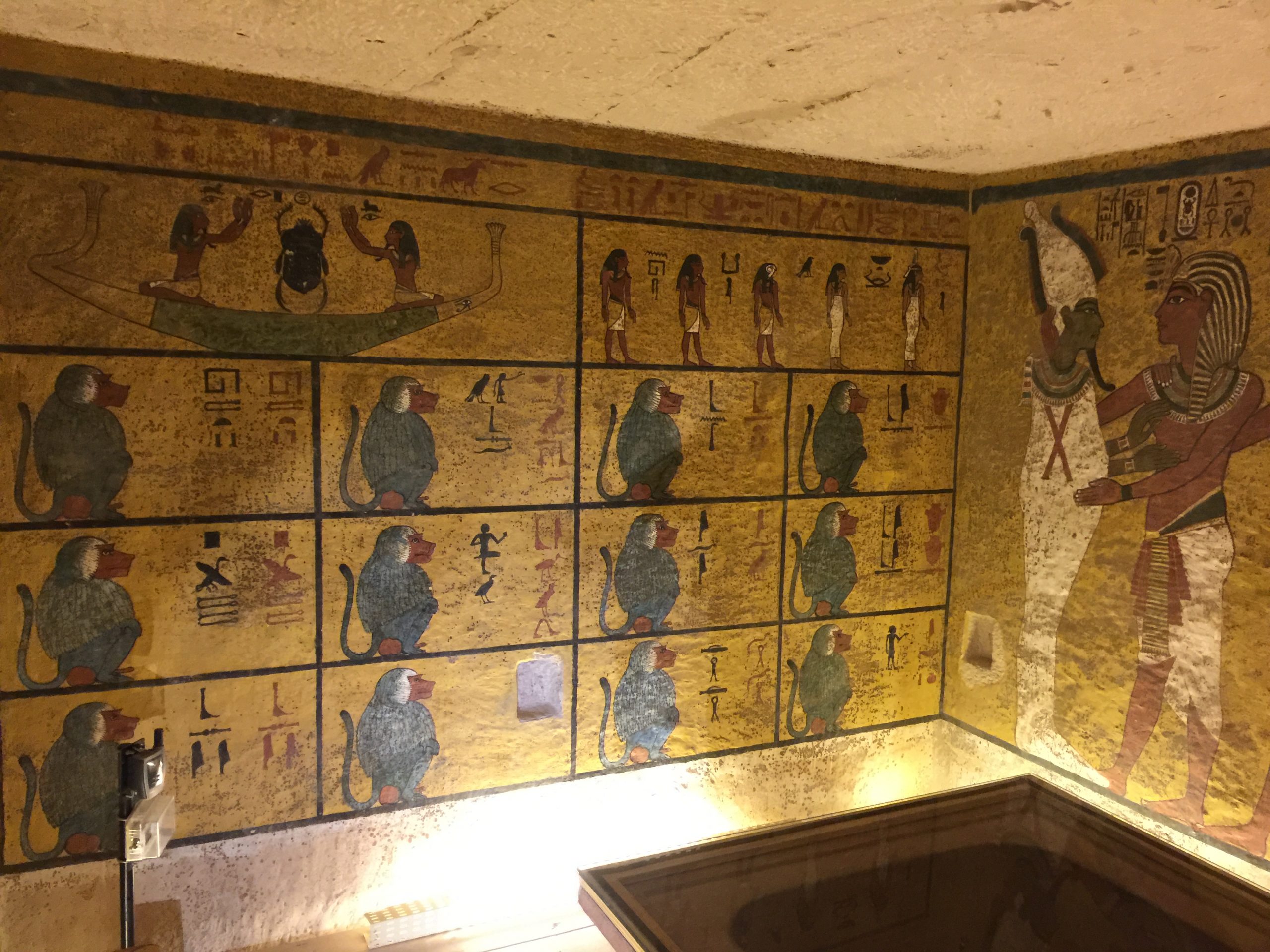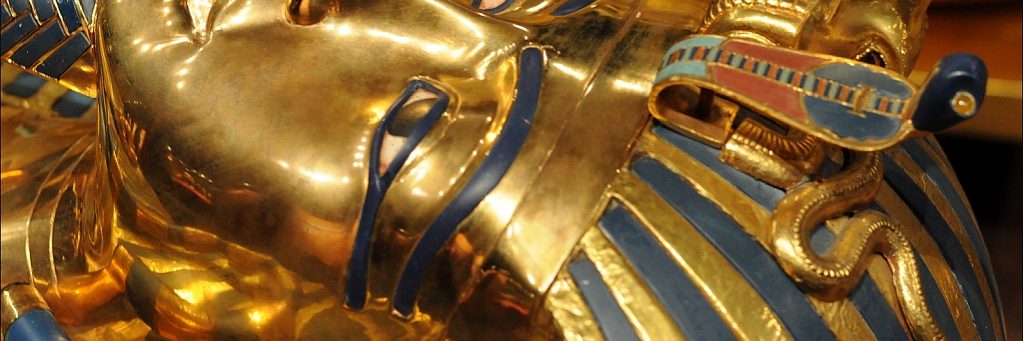Egyptians have long suspected Carter took some artefacts before the official opening of the vault, but there was no strong proof. Source: Jan Honců, Flickr.
A previously unpublished letter suggests Howard Carter, the archaeologist who discovered the tomb of Tutankhamun , stole from the vault.
Egyptians have long suspected Carter took some artefacts before the official opening of the vault, but there was no strong proof.
The new evidence comes in the form of a letter sent to Howard Carter in 1934 by Sir Alan Gardiner, a British scholar from Carter’s excavation team.
The philologist was enlisted by Carter to translate hieroglyphs found in the tomb.
Carter gave Gardiner a whm amulet that was used for offerings to the dead and told him it was not from the tomb.
When Gardiner showed the amulet to Rex Engelbach, the British director of the Egyptian Museum in Cairo at the time, he was told it actually was from the tomb and matched other examples all made from the same mould.
“The whm amulet you showed me has been undoubtedly stolen from the tomb of Tutankhamun” read Engelbach’s verdict that was enclosed in Gardiner’s letter to Carter.

“I deeply regret having been placed in so awkward a position,” Gardiner wrote in the letter.
However, he also wrote “I naturally did not tell Engelbach that I obtained the amulet from you”.
The letters are in a private collection and will be published in a book, Tutankhamun and the Tomb that Changed the World.
“It’s been known that Carter somehow had items, and people have suspected that he might have helped himself, but these letters are dead proof,” said author Bob Brier, a leading Egyptologist at Long Island University.
“He certainly never admitted it. We don’t have any official denial. But he was locked out of the tomb for a while by the Egyptian government.
“There was a lot of bad feeling, and they thought he was stealing things.”
Brier also said there were other ancient objects sold on the Egyptian antiquities market from Howard’s estate that “clearly came from the tomb”.





